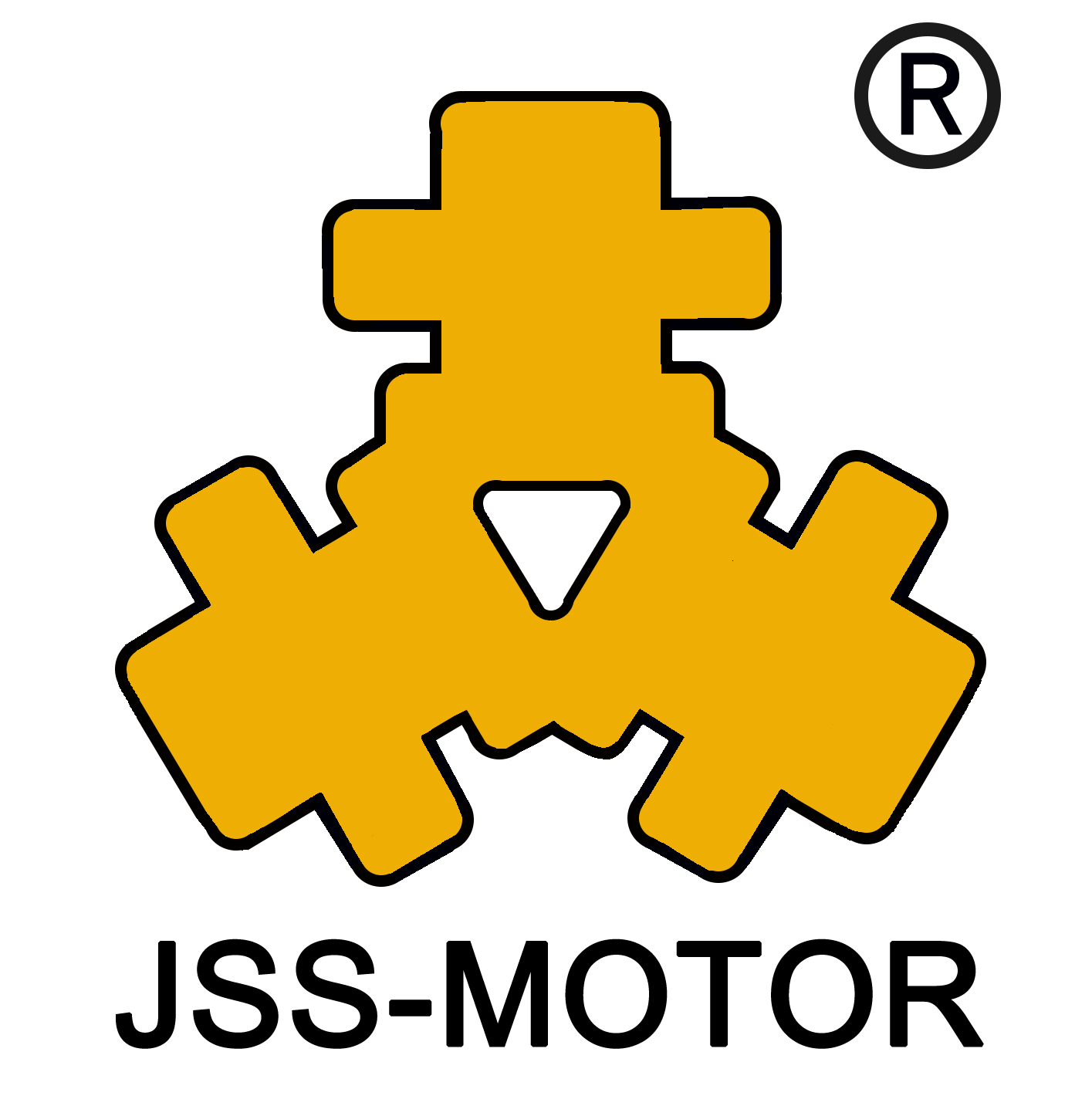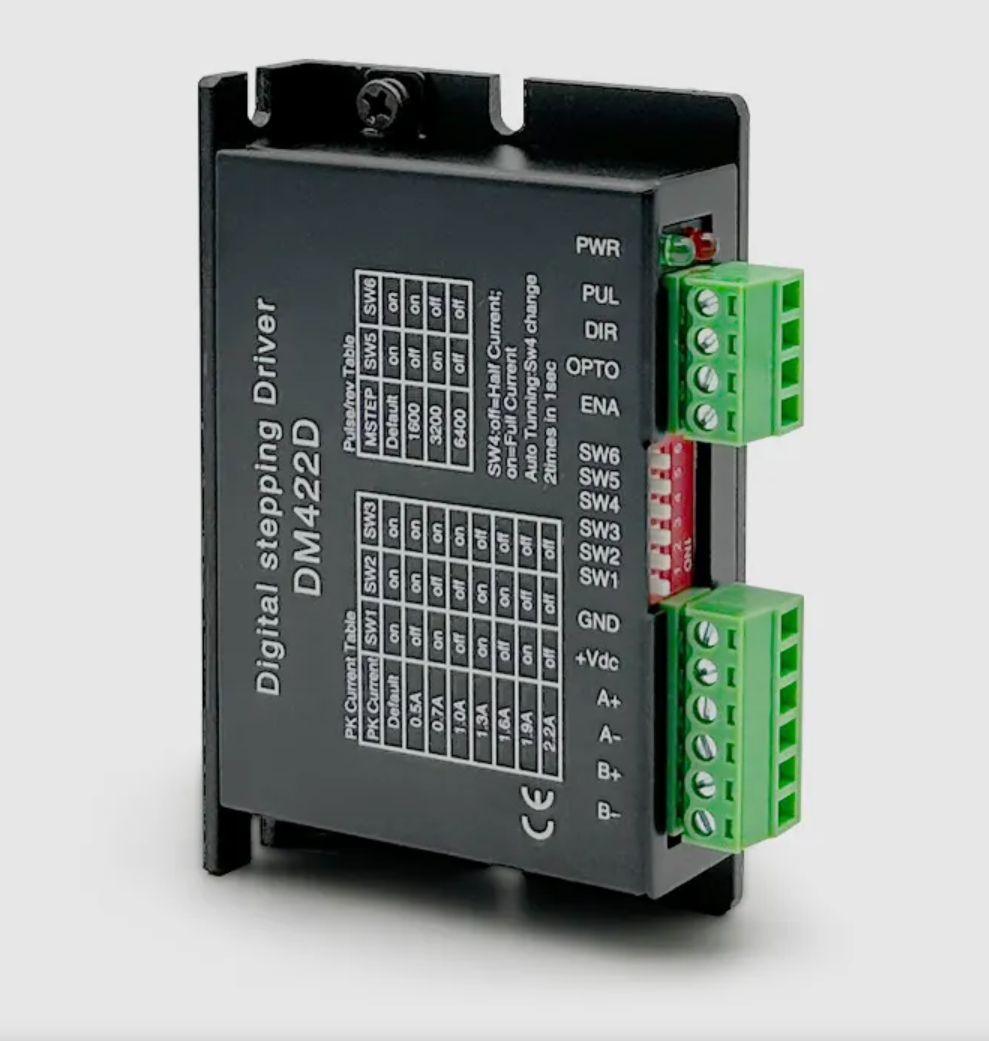Common Stepper Driver Problems and Their Root Causes
Motor Fails to Move or Loses Holding Torque
Problems with stepper motors such as the motor not moving and holding either position or occasionally stopping isolates natural resonances and indicates out-of-tolerance components. These signs are frequently by jerking or with no movement. Underlying causes can include anything from poor wiring and miswiring to a lack of power or a technical issue. These are some of the most common complaint of most industry reports, particularly in systems that require sophisticated equipment or precision work. For instance, a report in 2023 revealed that 35 % of the stepper motor breakdowns in production systems could trace their problems back to the power supply. Regular maintenance checks and correct behavior of the installation all help to fight this. Preventing each of these problems usually can be accomplished by verifying that all the connections are tight, and that the power supply satisfies the motor's needs.
Abnormal Operation and Position Errors
There's a fair bit of standard stepper driver operation and position error This standard operation, and position error is often manifested as missed steps or the micromotions. Some of these problems can be attributable to, for example: skipping steps, vibration interference, or improper signal input. Studies indicate that these errors are common, and the order of 20% of operators report signal input errors. Several techniques are suggested to solve the problem and reduce position errors. Calibration methods like setting the acceleration and deceleration help reduce instantaneous changes that contribute to errors. And signal inputs can be accurately adjusted and interference is damped by normal check and regulation. Applying these diagnostics, you can efficiently suppress position errors in stepper motors.
Diagnosing Power and Connection-Related Issues
Verifying Power Supply Stability
Power stability is critical to the performance of stepper drivers, as variations in voltage can have harmful effects on operation, including erratic motor performance or failure to hold speed and torque. For proofing stability of pwer supply I recommend using multimeters to test consistent voltage and inspecting load from time to time. A number of investigations suggest that a better situation of the stable power supply is benefit to improve the performance of the stepper driver. For example, data indicates that 30% of errors can be avoided when voltage is kept stable. Yet, power stability can be also disturbed by common failures such as lack of power backup or faulty grounding procedures. Therefore, this is the key to avoid such problems.
Inspecting Wiring and Terminal Integrity
The connectors, connection wires and connection terminals are one of the key factors to keep the function of the stepper driver to be perfect. Whereas, a physical check of such connections should be undertaken from time to time for the reliability of the system. Inspect wiring for evidence of wear, make sure the shielding is correct, and that you have secure terminations to eliminate failure. Research has also demonstrated that wiring integrity problems contribute to a substantial portion of overall system failures, so the problem deserves special attention. With the best practices applied there will be hard-wearing and reliable wiring setups, this solving all issues.Here best practices, e.g. using heat-shrink tubes for protection and making moisture impossible to reach the wiring are all enabling such long lasting, reliable wiring setups.
Resolving Motor Control Signal Complications
Troubleshooting Pulse Signal Transmission
It is important to know the pulse signal in the working of the stepper motor. Pulses become the medium through which the controller and the motor communicate, and make accurate actuation possible. But there can be problems with pulse transmission, signal distortion for example. Results Change in signal quality has been shown to have poten- tially large effects on performance and reliability of the motor and may decrease precision by as much as 20%. In order to solve these issues, an oscilloscope should be used to observe signal integrity and any abnormal condition. Moreover, adopting effective cable shielding and suppression of the electric field (to prevent electromagnetic interference “EMI”) is necessary to solve pulse signal problems. You can keep your motors running at peak performance without the related problems many of the drawbacks found with stepper drivers.
Adjusting Microstepping Configurations
Microstepping helps ensure motors and system perform correctly by taking the step size and dividing it by a factor. But wrong microstepping settings can cause such issues as motor shaking, or loss of torque. Results from testing various configurations demonstrate that optimal microstepping settings can improve smoothness of motion by up to 30%. For stepper driver problems with microstepping, I'd apply the settings to suit your need. This means determining the optimal combined amount of step division and speed, as illustrated in some example casesamples. Tweak these by checking the motor's data sheet and playing with settings to achieve performance requirements.
Fixing Overheating and Current Management Failures
Optimizing Current Settings for Driver Efficiency
Optimization of the current setting is important for stepper drivers to achieve good efficiency. Poor settings frequently cause overheating-one of the most prevalent causes of breakdowns. Having parameters other than the limit recommended by the manufacturer which would increase thermal load is a common cause of overheating. Experts indicate that efficiency and motor component damage losses can be substantial if designs are not optimized. In order to address this, it is the calibration methods such as periodic motor temperature observation and changing values within the limits of the policy that prove to be prominent. It is due to the use of monitoring equipment such as temperature sensors and current meters with which control operations are guaranteed to be within safe margins, leading to precise system performance.
Implementing Thermal Protection Strategies
Thermal protection is critical when it comes to preventing overheating and damage. There are some mechanisms such as the use of heat sinks, thermal switches, and firmware constraints, protecting against the overtemperature. Industry sources indicate that these protection techniques greatly improve motor life and reliability by minimizing aging from over-temperature exposure. A set of best practices for thermal management might include: implementation of cooling systems, system firmware to support thermal limits, and maintaining the integrity of thermal switches. By taking these steps, you will eliminate overheating issues and protect the quality of your stepper motor system.
Addressing Resonance and Mid-Range Instability
Damping Mechanical Vibrations
Considering the mechanical vibrations are very important when you are dealing with the performance of stepper Motors,because this can impede performance by a large degree. These vibrations can be due to imbalances in the motor or external forces applied on the motor parts, leading to a decrease in the precision and efficiency. In order to mitigate these constraints the use of damping methods is necessary. Typical Solutions - For example, selecting materials that are designed to absorb vibration, like rubber mounts, or modifying the design of the element itself to improve stability. The operational success of systems such as those that couple mechanical structures, electronics, and optical components in fabrication lines makes them critical assets in industrial facilities [10], suggesting the potential relevance of implementing active damping solutions in order to increase reliability and functionality as well as lower the rate of failed operations resulting from vibrations [12]. Again, regular monitoring of the vibration level is a good idea. With data monitoring and analysis it becomes possible to see issues early, before they impact the motor another way to help ensure it continues to perform as needed.
Fine-Tuning Driver Anti-Resonance Features
Anti-resonance capabilities in stepper drivers are important for keeping the motor stable and responding to disturbances that are introducing the mid-range instability. This instability is usually a result of non-synchronization of frequencies between the operation of the motor and an outside force, causing erratic movement and a loss of precision. Some things can be tuned to represent those items and we need to make them in the driver to do that. Engineering studies and case support in the literature have shown the effectiveness of these setting changes in stabilization of motor operation and thus their practical significance. By judiciously tuning anti-resonance settings, the stage performance can be optimized, which would in turn improve the accuracy and reliability. Tips to achieve these adjustments It is important to read the manufacturerâs manual and use software tools which enable effective system diagnosis, as each try should leave the modified motor in a better condition than before.
FAQ
What causes a stepper motor to fail to move?
Common causes include inadequate power supply, technical malfunctions, or miswiring. Regular maintenance and ensuring adequate power supply can help mitigate these issues.
How can you troubleshoot position errors in stepper drivers?
Position errors can be addressed by adjusting acceleration and deceleration settings and ensuring precise, interference-free signal inputs.
What are effective methods for maintaining power supply stability in stepper drivers?
Using multimeters to check voltage consistency, monitoring load conditions, and avoiding inadequate power backup and improper grounding can help maintain stability.
How can you address overheating in stepper motors?
Optimizing current settings, installing thermal protection strategies like heat sinks and monitoring motor temperatures can prevent overheating.

